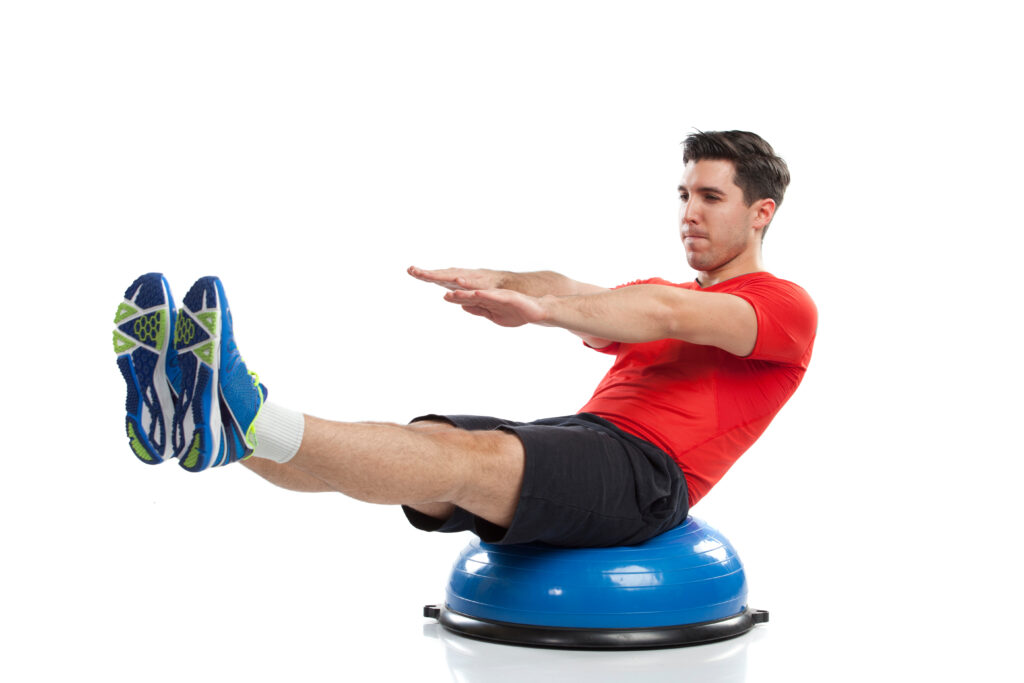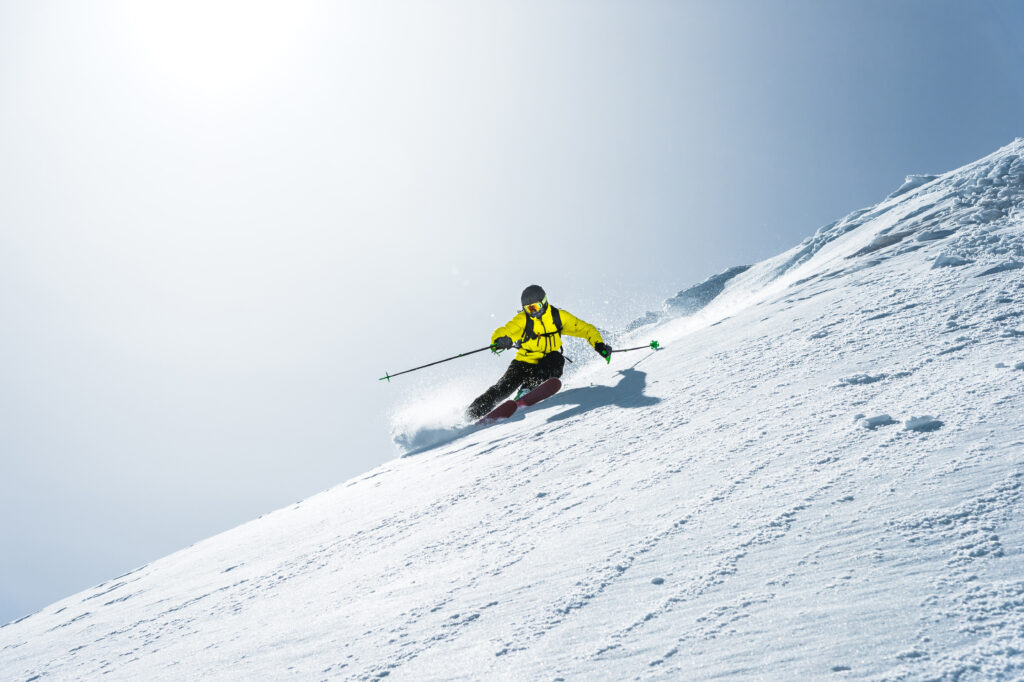As the first snowflakes blanket the mountains and ski resorts prepare to open their slopes, it’s not too late to start gearing up for the ski season. While skiing offers exhilarating thrills and breathtaking scenery, it’s also a physically demanding sport. To make the most of your time on the slopes and reduce the risk of injury, getting in shape is essential. In this article, we’ll guide you through a fitness regimen to ensure you’re slope-ready and raring to go when the lifts start turning.
Cardiovascular Endurance
Skiing demands cardiovascular endurance, as you’ll be navigating various terrains and altitudes. To build endurance, engage in aerobic activities like running, cycling, or swimming. Aim for at least 30 minutes of cardio exercise, five days a week.
Leg Strength and Stability
Your leg muscles, especially the quadriceps, hamstrings, and calf muscles, play a crucial role in skiing. Incorporate strength-training exercises like squats, lunges, leg presses, and calf raises into your routine. Focusing on leg stability will improve your balance on the slopes.

Core Strength
A strong core provides stability and control while skiing. Perform core-strengthening exercises such as planks, Russian twists, and mountain climbers. A strong core will help you maintain your balance and control your movements while navigating the mountain.
Flexibility and Mobility
Skiing requires a wide range of motion, so flexibility is key. Stretching exercises like yoga or dynamic stretches will improve your flexibility and range of motion. Pay particular attention to your hip flexors, quads, and hamstrings.
Balance and Coordination
Skiing demands precise movements and balance. Incorporate balance exercises like single-leg squats, Bosu ball workouts, and agility drills to enhance your coordination and stability on the slopes.

Plyometric Training
Plyometric exercises, including box jumps and squat jumps, can help improve your explosiveness and agility. These exercises mimic the quick, powerful movements required in skiing.
Interval Training
Interval training can simulate the intensity of skiing. Alternating between high-intensity bursts and recovery periods will boost your overall fitness and prepare you for the varied terrain you’ll encounter.
Don’t Forget Nutrition and Hydration
Proper nutrition is essential for energy and recovery. Fuel your body with a balanced diet rich in lean proteins, complex carbohydrates, and healthy fats. Staying hydrated is equally crucial, so drink plenty of water throughout your training.
Monitor Your Progress
Track your fitness progress and adjust your workouts as needed. Gradually increase the intensity and duration of your exercises as your fitness level improves.

With dedication and a well-rounded fitness routine, you can get in shape for the ski season and make the most of your time on the slopes. Whether you’re a seasoned skier or a novice hitting the mountain for the first time, preparing your body will enhance your skiing experience and help you stay safe while enjoying the thrill of a downhill adventure. So, start your training today and get ready to carve those slopes with confidence!

Leave a reply